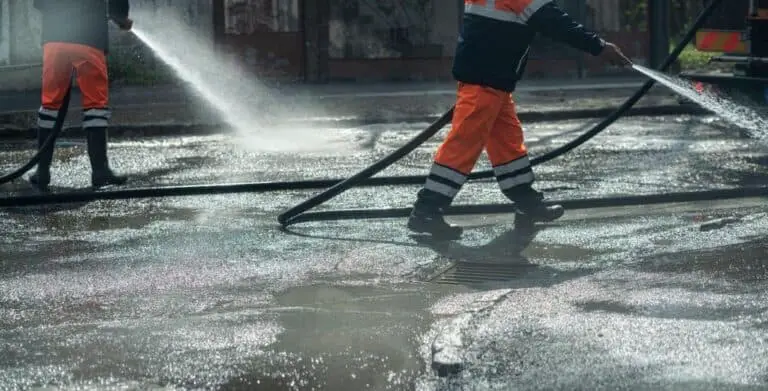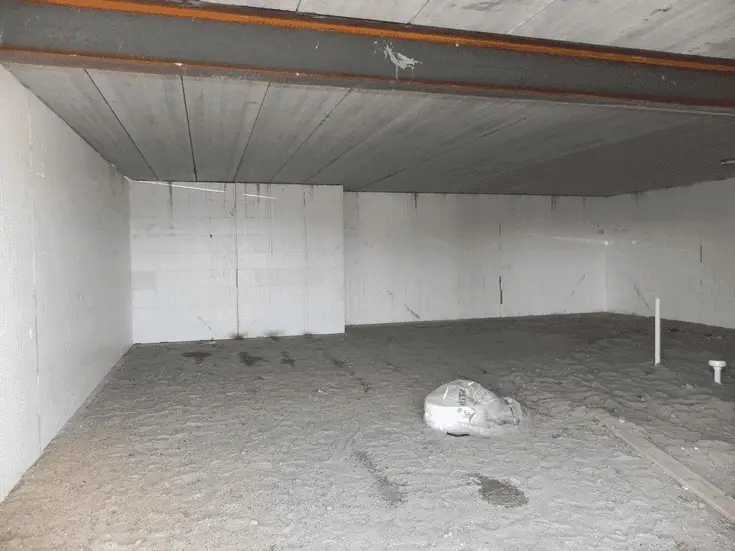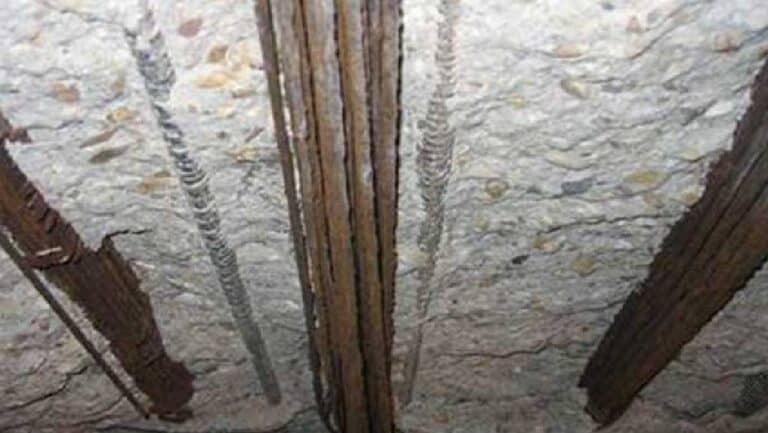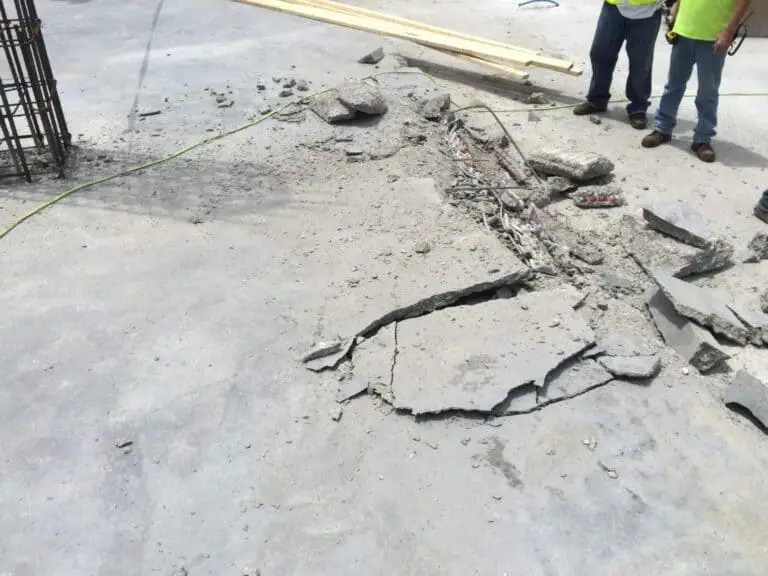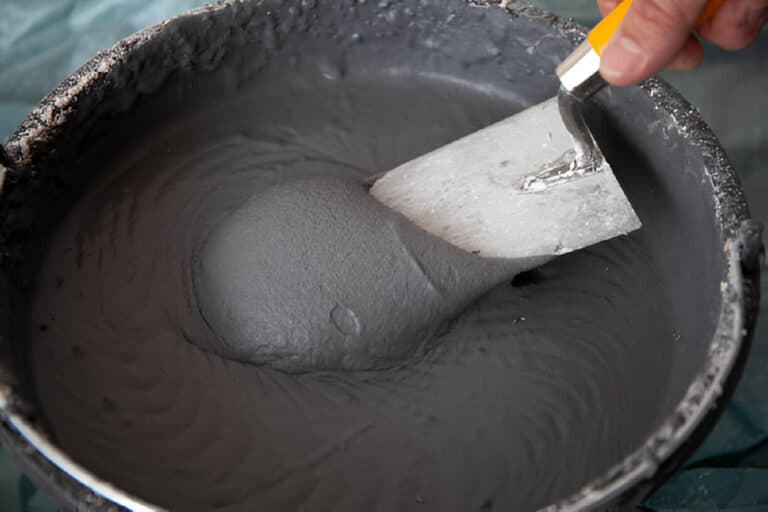How to Break Up Concrete with Chemicals: DIY Concrete Demolition Made Easy
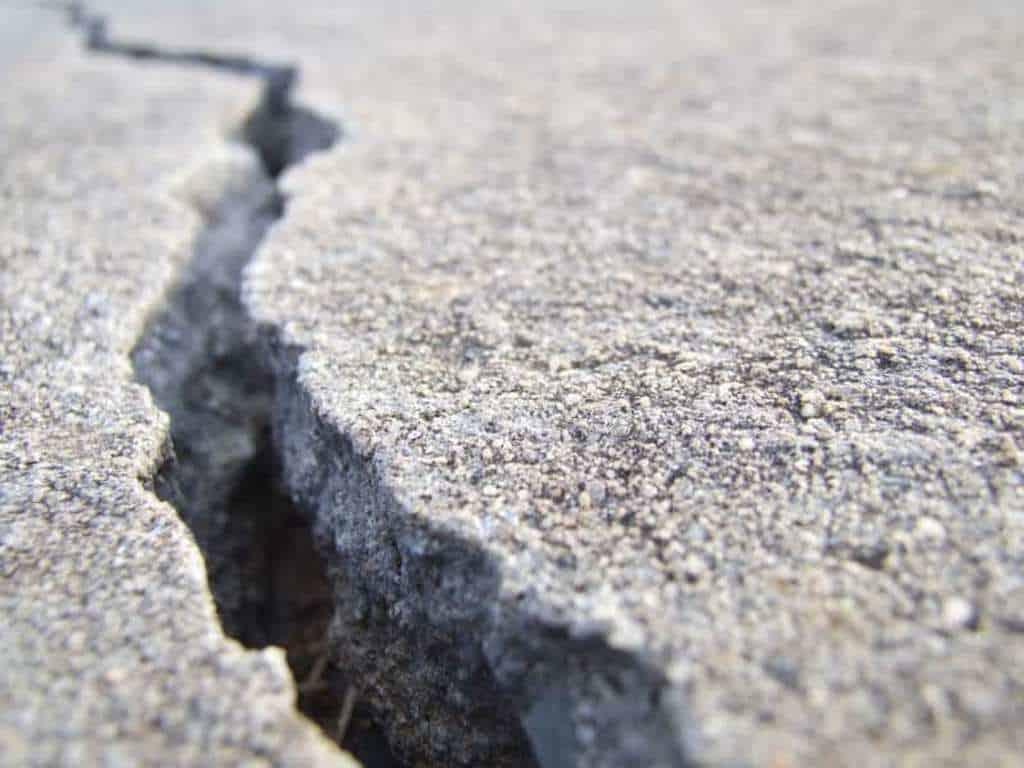
Concrete demolition can be a daunting task, especially if you’re dealing with a large slab or thick pavement. If you need to remove or demolish a concrete structure, you might think that the only way to do it is by using heavy machinery, jackhammers, or other similar tools.
Traditional methods like using a jackhammer or sledgehammer can be time-consuming, noisy, and physically demanding. Fortunately, there is a more efficient and cost-effective way to break up concrete – using chemicals.
In this article, we’ll guide you through the process of breaking up concrete with chemicals, from the materials and tools you’ll need to the safety precautions you should take. By the end, you’ll have a clear understanding of how to use chemicals for concrete demolition and be ready to tackle your next project.
Understanding Concrete and its Properties
Before breaking up concrete with chemicals, we must understand its properties and how it reacts to different elements. Concrete is a mixture of cement, sand, and aggregates, such as gravel or crushed stone. When water is added to the mix, it creates a chemical reaction that binds these components together, forming a solid and durable material that can withstand high pressure and weight.
However, this strength can also make it difficult to break up concrete. To weaken the concrete and make it more brittle, we need to introduce an acidic substance that will dissolve the bonds between the components, causing the concrete to crack and break apart.
Understanding the Chemicals Used for Breaking Up Concrete
Understanding the chemicals used to break up concrete is crucial before starting. There are several types of chemical agents available, but the most common ones are:
1. Acidic Solutions
Acidic solutions like muriatic acid or sulfamic acid are commonly used to break up concrete. They work by dissolving the cementitious material that binds the aggregates together. However, they can be dangerous to handle and require special care when used.
2. Enzymatic Solutions
Enzymatic solutions like enzyme-based concrete dissolvers are another option for breaking up concrete. They contain microorganisms that break down the concrete’s structure over time. They’re safer to use than acidic solutions, but they’re also less potent and can take longer to work.
3. Alkaline Solutions
Alkaline solutions like sodium hydroxide or potassium hydroxide are also used to break up concrete. They work by reacting with the cementitious material to weaken its structure. They’re safer to use than acidic solutions and more potent than enzymatic solutions, but they can also damage nearby vegetation and corrode metal.
Choosing the Right Acidic Chemical Solutions
When we opt for chemical solutions, the first step is to choose the right acidic solution products for the job. There are several types of acidic chemicals that can be used to dissolve concrete, including:
- Hydrochloric acid: This is a highly corrosive acid that can dissolve concrete quickly and effectively. However, it is also dangerous to handle and requires careful preparation and safety precautions.
- Sulfuric acid: This acid is also highly corrosive and can dissolve concrete, but it is slower and less effective than hydrochloric acid. It is also more expensive and harder to find.
- Phosphoric acid: This acid is milder than the other two and is less likely to cause damage to surrounding materials or harm to the user. However, it is also less effective and may require multiple applications to break up the concrete.
Choose the right chemical for the job based on the size and thickness of the concrete, as well as the location and surroundings of the area where the work will be done. For example, hydrochloric acid may not be suitable for use in enclosed spaces or areas with poor ventilation.
Safety Precautions When Breaking Up Concrete with Chemicals
Breaking up concrete with chemicals requires specific safety precautions to avoid injury or harm. Here are some safety measures you should take:
- Wear protective gear like goggles, gloves, and a respirator to avoid contact with the chemicals.
- Read and follow the manufacturer’s instructions carefully before using any chemical solution.
- Keep the area well-ventilated to avoid inhaling the fumes.
- Cover any nearby vegetation, pipes, or other items that the chemicals might harm.
- Dispose of the chemicals properly after use.
Tools and Materials Needed for Chemical Concrete Demolition
To break up concrete with chemicals, you’ll need the following tools and materials:
- Chemical solution (acidic, enzymatic, or alkaline)
- Water
- Plastic or metal bucket
- Sprayer or watering can
- Scrub brush
- Stiff-bristle broom
- Garden hose
- Plastic sheet or tarp
- Pressure washer (optional)
Step-by-Step Guide: Breaking Up Concrete with Chemicals
Here’s a step-by-step guide to breaking up concrete with chemicals:
- Choose the right chemical solution for your concrete. As already mentioned above, depending on the size and thickness of your concrete, you may need a more potent or specialized chemical solution.
- Prep the area. Clear the area of any debris or loose concrete. Cover any nearby plants, pipes, or other objects that the chemicals might corrode.
- Dilute the chemical solution according to the manufacturer’s instructions. Most chemical solutions require mixing with water before use.
- Apply the solution to the concrete. Use a sprayer or watering can to apply the solution evenly over the concrete surface. Make sure to cover the entire area thoroughly.
- Let the solution sit for the recommended time. The length of time will depend on the strength of the solution and the thickness of the concrete. Most chemical solutions will require several hours to a day to fully break down the concrete.
- Scrub the surface with a scrub brush. Once the solution has had time to work, use a scrub brush to agitate the surface of the concrete. This will help break up any remaining concrete and ensure that the chemical solution is fully absorbed.
- Rinse the surface with water. Use a garden hose to rinse the surface of the concrete thoroughly. Make sure to remove all traces of the chemical solution and any remaining concrete debris.
- Repeat the process if necessary. If the concrete is not fully broken down after the first application, you may need to repeat the process with a fresh batch of chemical solution.
- Use a pressure washer (optional). If you have access to a pressure washer, you can use it to clean the surface of the concrete thoroughly. This will help remove any remaining debris and ensure a smooth, clean surface.
- Dispose of the chemicals properly. Chemical solutions used for concrete demolition can be hazardous and should be disposed of properly. Check with your local waste disposal facility for guidelines on how to dispose of these chemicals safely.
How Long Does It Take for Chemicals to Break Up Concrete?
The length of time it takes for chemicals to break up concrete will depend on several factors, including the strength of the solution and the thickness of the concrete. In general, most chemical solutions will require several hours to a day to fully break down the concrete.
It’s important to follow the manufacturer’s instructions carefully and not rush the process. Applying too much chemical solution or scrubbing too aggressively can damage the surface of the concrete or nearby objects.
Removing Chemical Residue After Breaking Up Concrete
After breaking up concrete with chemicals, you may notice residue or staining on the surface of the concrete. This is normal and can be removed with a stiff-bristled broom and a solution of water and vinegar.
Mix equal parts water and vinegar in a plastic or metal bucket. Dip the broom in the solution and scrub the surface of the concrete thoroughly. Rinse with water and repeat as necessary until the surface is clean.
Advantages and Disadvantages of Chemical Concrete Demolition
Like any demolition method, breaking up concrete with chemicals has its advantages and disadvantages. Here are some of the pros and cons to consider:
Advantages
- Chemical concrete demolition is less physically demanding than traditional methods like using a jackhammer or sledgehammer.
- Chemical solutions are cost-effective and can be purchased at most hardware or home improvement stores.
- Chemical solutions are often more environmentally friendly than traditional methods, as they produce less noise and dust.
Disadvantages
- Chemical solutions can be hazardous and require specific safety precautions when used.
- Chemical solutions can take several hours or even days to fully break down the concrete, which may not be practical for all projects.
- Chemical solutions can damage nearby vegetation, pipes, and other objects if not used properly.
Tips and Tricks for Successful Concrete Demolition with Chemicals
Here are some tips and tricks to help you achieve success when breaking up concrete with chemicals:
- Choose the right chemical solution for your concrete. Consider the thickness and size of your concrete when selecting a chemical solution.
- Follow the manufacturer’s instructions carefully. Chemical solutions can be dangerous if not used properly.
- Test the solution on a small area before applying it to the entire surface of the concrete.
- Be patient. Chemical solutions can take several hours or days to fully break down the concrete.
- Protect nearby objects and vegetation. Cover nearby objects and vegetation to avoid damage from the chemical solution.
- Use a pressure washer to clean the surface thoroughly after breaking up the concrete.
Conclusion
Breaking up concrete with chemicals can be a cost-effective and efficient alternative to traditional methods. By understanding the properties of concrete and choosing the right chemicals, you can weaken and break apart the material, making it easier to remove or demolish.
However, it’s important to take the necessary safety precautions and follow the manufacturer’s instructions carefully to ensure success and avoid injury. With these tips and techniques, you can confidently tackle your concrete removal project and achieve great results.

